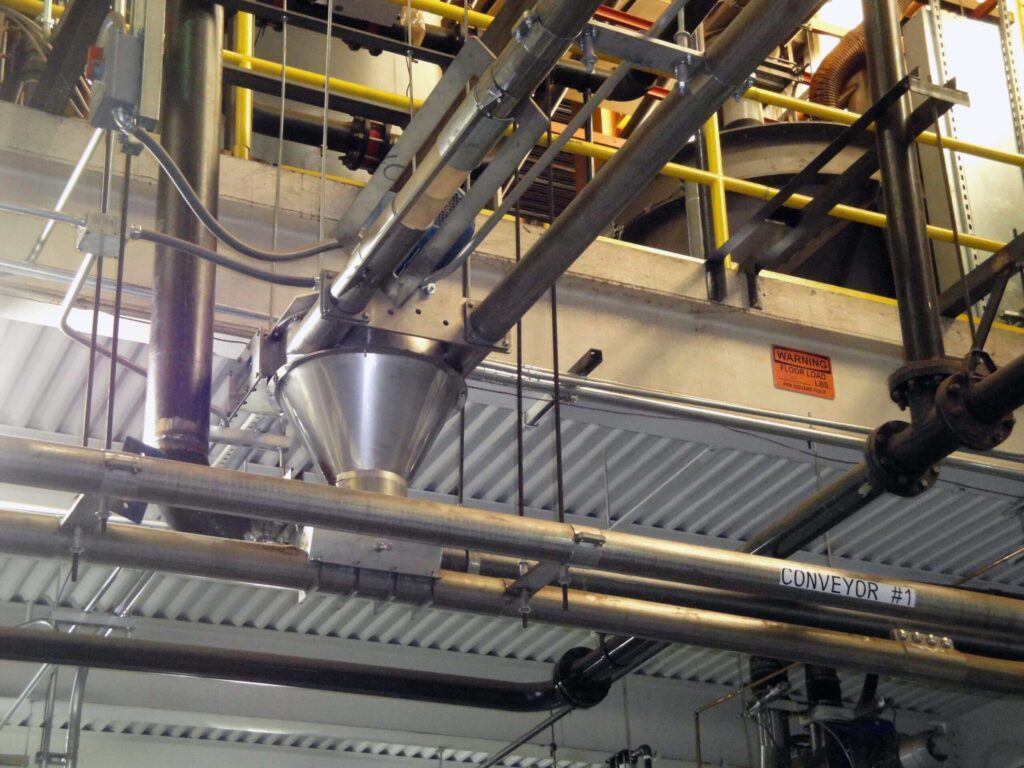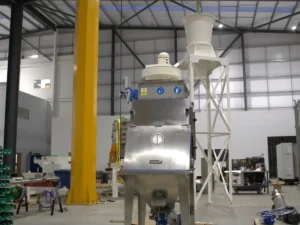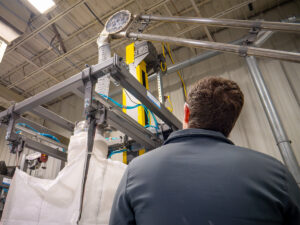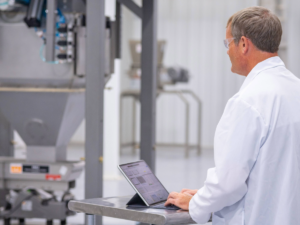Selecting the best materials for a cable drag conveyor is crucial to maintaining efficiency and minimizing downtime in material handling processes. In this guide, we will explore the essential considerations and expert recommendations from Spiroflow to help you choose the right materials for your system, ensuring smooth and reliable operation.
Why Do You Need to Know the Best Materials for a Cable Drag Conveyor?
Knowing the best materials for cable drag industrial conveyor systems is essential because it directly impacts the efficiency, durability, and cost-effectiveness of your material handling operations. The right materials prevent frequent breakdowns and reduce maintenance costs. It will also ensure a seamless flow in the production process, ultimately leading to enhanced productivity and reduced operational issues.
Cable drag conveyor solutions will gently handle the material fed into it. The key, as we already mentioned, is to make sure the proper material is being used. Selecting the wrong type of material to move with a tubular cable drag conveyor can lead to an inefficient process and machine downtime. Our team at Spiroflow has been helping processors with their conveying needs for more than 45 years. Whether you’re a customer or not, we want to help.
Consider the Cleanability Part When Choosing the Conveying System
Cleanability is among the top concerns of processors we work with. Fortunately, there are several cleaning options processors can utilize with cable drag conveyors. Manufacturers can offer hygienic construction materials, a sanitary finish, air purges and spray nozzles in housings. One thing no manufacturer can guarantee is a sanitary braided steel cable.
A coated cable may be possible depending on the application, but it’s important to note that the coating may come off over time. The braided cable has crevices, and the material can be trapped in the threaded steel. It’s another reason why matching the conveyor to your process and material is so important.
The cable is detachable for easy cleaning, and the remainder of the cable drag conveyor can be cleansed using dry scouring methods (which involve using an abrasive material) or through air purging techniques. Any collected dust is expelled via the discharge outlet. By incorporating a wash gate and drain, the system can also undergo wet washing to ensure thorough cleanliness.
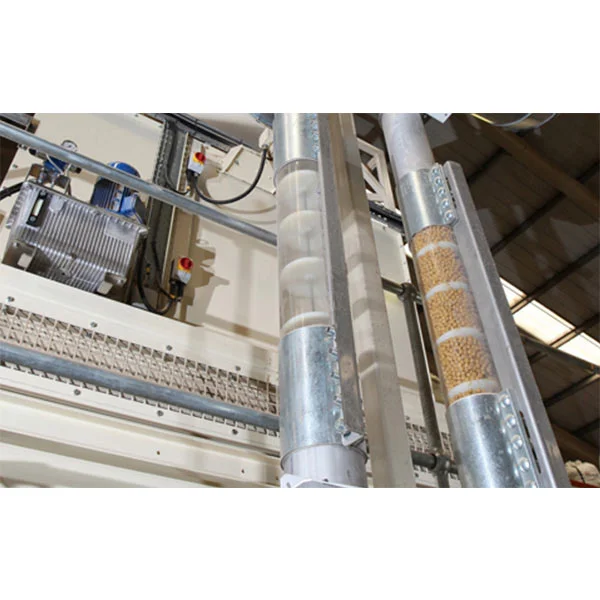
Where Does Cable Drag Conveying Systems Fit in a Process?
There are several ways to install a cable drag conveyor depending on your layout needs and process. For example, Spiroflow’s conveyor technologies have a total circuit length of 400 ft (120 m). Multiple conveyors can be linked to span greater distances.
These conveyors are designed with several inlets and outlets, and they can operate with either metered or flood-feeding methods. The adaptable nature of these conveyors allows for seamless integration with various system components, such as bulk bag fillers, bulk bag dischargers, additional conveyors, and other types of process equipment.
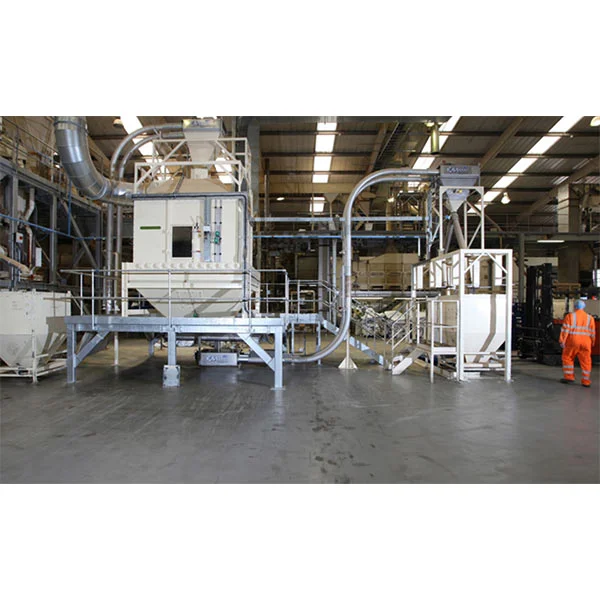
Cable Drag Conveyor – Choose the Best Materials
Cable drags can run while empty. They can also be started or stopped while under load. But what should and shouldn’t be conveyed? Any respectable manufacturer will suggest running a material test to determine if your conveyor of choice will get you the results you’re looking for. Spiroflow is among conveyor systems manufacturers that have learned that problems are much easier to solve during the testing phase compared to after the conveyor is installed.
Materials That Can Be Effectively Conveyed
What specific types of materials are ideally suited for transport via cable drag conveyors? Check out the range of substances that can be moved efficiently, maintaining both the integrity and quality of the materials throughout the conveying process.
- Dry,
- Fragile,
- Hot (up to 180˚F or 82˚C),
- Fine particles (good on dry granules, ideal for cereals, nuts, coffee beans).
Not Suitable Materials for Cable Drag Conveying Systems
Identify the types of materials that are problematic for cable drag conveyors. Understanding these limitations is crucial for avoiding operational inefficiencies and potential damage to the system, ensuring your conveyor performs optimally without frequent maintenance or failures.
- Abrasive,
- Hygroscopic,
- Cohesive,
- Slurry,
- Sludge,
- Large particle size.
Explore Other Conveying Options at Spiroflow
We hope this information has helped you determine whether a cable drag conveyor suits your process and material needs. If not, numerous other conveying solutions are available. Depending on your specific application requirements, these alternatives may include an ultra-heavy-duty structural drag chain, a heavy-duty tubular drag chain, aero mechanical, or a flexible screw conveyor. We are here to assess your needs and provide a suitable recommendation.
Take One Step Forward and Run a Material Test
If a cable drag seems like a good fit, we suggest running a material test. There are hundreds of materials that can be conveyed in a cable drag conveyor. The only way to know for sure that a material will work for your process is to test it out.
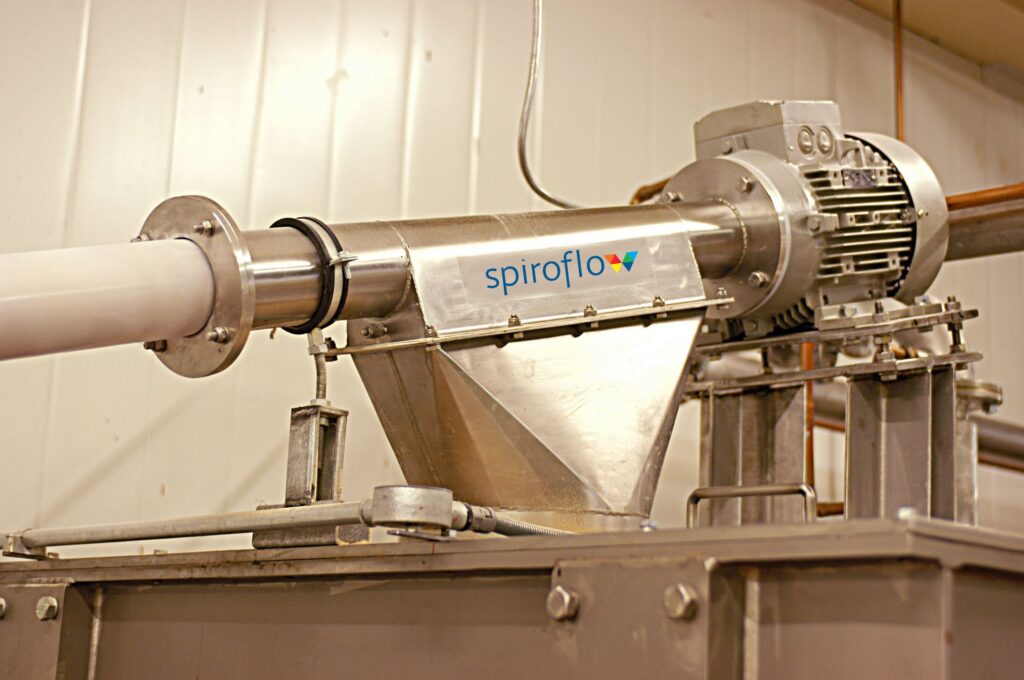
Enhance Your Material Handling With Spiroflow, One of the Best Conveyor Manufacturers
If you have any more questions, give us a call. Spiroflow has been a leader in the bulk material handling industry for four decades. Any one of our experts will be happy to help you out. We’ll do everything we can to help you find the right bulk material handling solution.We don’t just design and supply cable drag conveyors. Feel free to check out our entire line of conveyors, bulk bag fillers, and dischargers and what we can offer you from a control systems integration perspective. Contact us today for further information, and let your material handling process be a top-notch experience with Spiroflow.

